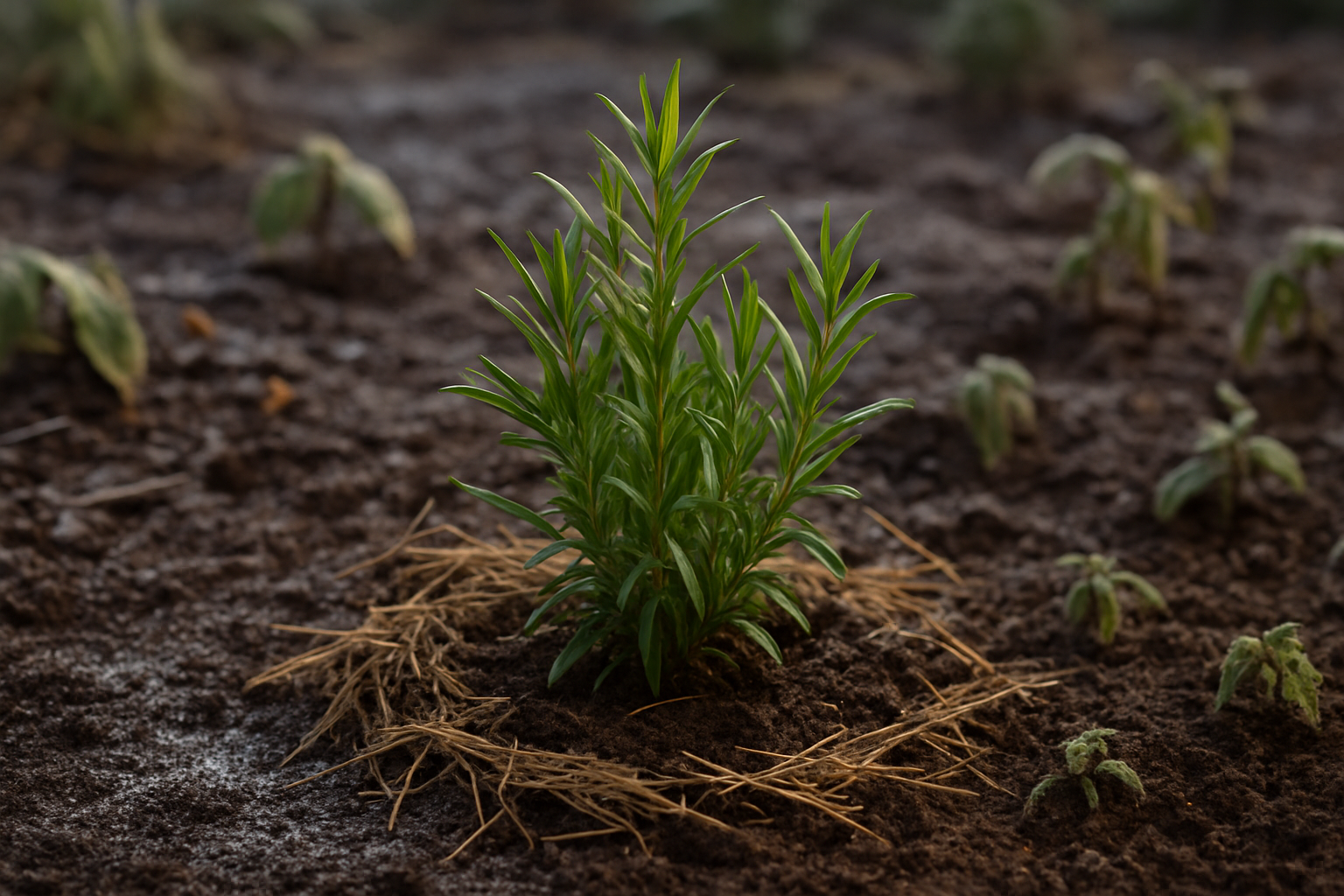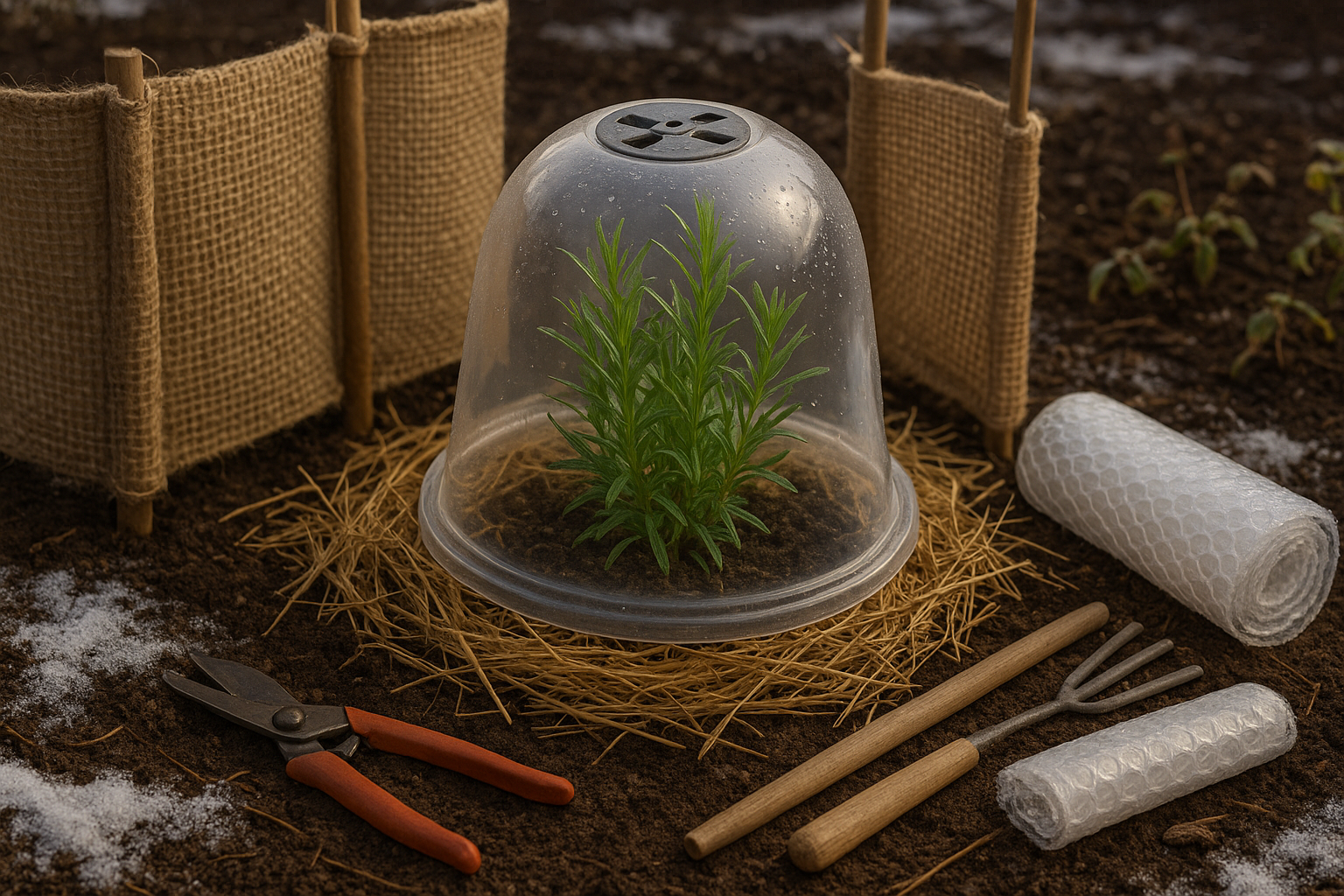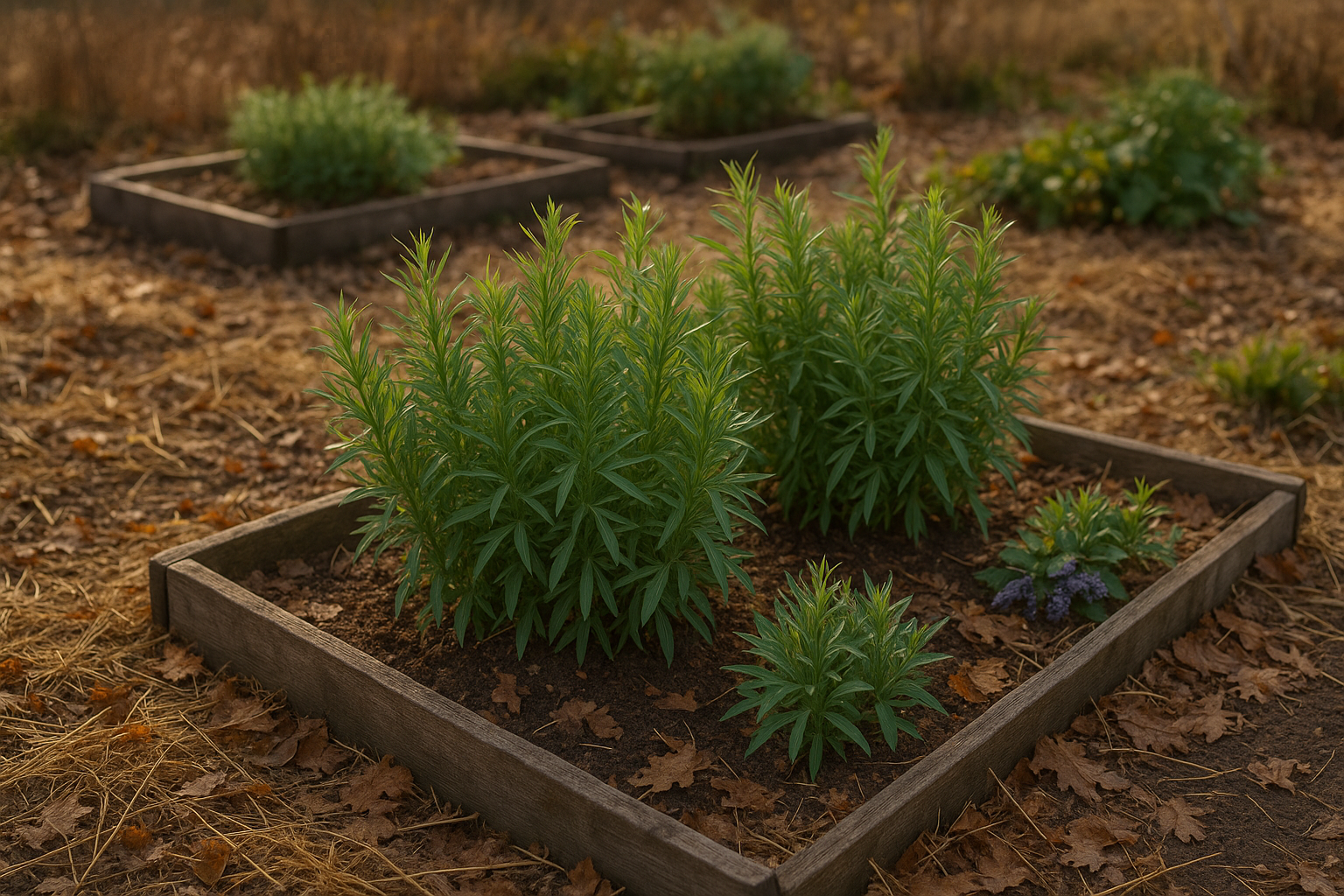Introduction to Tarragon & Cold Climate Challenges

Tarragon in winter presents a unique set of challenges for gardeners who love the herb’s subtle, anise-like flavor in their kitchens. Prized for enhancing everything from chicken dishes to vinaigrettes, tarragon is generally easy to grow—if you have the right conditions. But when cold weather arrives and temperatures start to dip, especially in northern regions, keeping tarragon thriving becomes much trickier.
Unlike some hardier perennials, tarragon dislikes extreme cold and has fragile roots that can suffer from freezing, waterlogged soil, and repeated frost-thaw cycles. Many cooks who try to overwinter their tarragon for a fresh supply year-round find their plants stunted or lost entirely by spring.
Common problems include crowns rotting from soggy winter soil, sudden dieback from harsh frosts, and even the plant simply failing to re-emerge after a hard winter. Learning to address these issues—such as by providing better winter drainage, mulching, and sometimes digging up and potting your plants—can make all the difference in keeping tarragon healthy and ready for next season’s culinary adventures.
Here’s how you can set up your tarragon to survive, and even thrive, through the chill of cold-climate winters.
Choosing the Right Tarragon Variety for Cold Regions
When gardening in cold regions, picking the right tarragon variety is essential for a thriving herb garden. French tarragon is the gourmet favorite, renowned for its sweet, subtle anise flavor, but it has a significant drawback: poor cold tolerance. French tarragon doesn’t reliably survive harsh winters, especially when temperatures dip well below freezing.
Russian tarragon, on the other hand, is far more resilient in cold climates and can survive frosty winters with minimal protection. While its flavor is milder and less pronounced than French tarragon, Russian tarragon is an excellent choice for gardeners in zones with severe winters.
For those set on growing the French type, consider potting it and bringing it indoors during the coldest months or ensuring excellent drainage and mulching outdoors.
When sourcing plants or seeds, local nurseries are a great starting point, as they often stock varieties proven to succeed in your climate. Make sure to purchase seeds labeled specifically as Russian tarragon for cold zones; avoid seeds labeled simply “tarragon,” since true French tarragon rarely grows from seed and is typically sold as a plant cutting.
For best results, look for healthy, disease-free starters from reputable suppliers who can confirm the variety’s winter hardiness.
Planting Tarragon for Cold Hardiness
Planting tarragon in cold climates requires careful planning to ensure a healthy, productive plant that can survive chilly winters. The best time to plant tarragon outdoors is after the last spring frost, once soil temperatures consistently stay above 50°F (10°C).
Choose a sunny, sheltered spot—next to a south-facing wall or fence is ideal, as it provides extra warmth and protection from harsh winds. Tarragon prefers light, well-draining soil; heavy or constantly wet soil can cause root rot. To prepare your garden bed, work in compost along with a bit of sand or perlite before planting.
If your area tends to be soggy, create raised beds or mounds for in-ground planting. In colder zones (zone 4 and below), many gardeners prefer container planting. This method lets you control soil quality and move the plant to a protected spot—like a cold frame, unheated garage, or indoor windowsill—before the first frost arrives.
Use a pot that’s at least 12 inches wide with drainage holes, and fill it with high-quality potting mix. Whether in containers or garden beds, mulch around the base with straw or leaves in the fall to insulate the roots. Also, regularly check soil moisture; while tarragon doesn’t like waterlogged soil, it does need consistent moisture to thrive.
Ongoing Tarragon Care Throughout the Seasons
Caring for tarragon through the changing seasons—especially in colder climates—means adjusting your routine as temperatures drop. In the cooler months, water tarragon less frequently to avoid soggy roots, since cold, wet soil can quickly lead to rot. Let the top inch of soil dry out before watering, and always ensure containers or garden beds have good drainage.
After the final fall harvest, give your tarragon a light feeding with a balanced, slow-release fertilizer to support healthy roots over winter. Mulching is essential for success in cold climates: spread a thick layer of straw, shredded leaves, or pine needles around the base of each plant to insulate roots and protect them from freeze-thaw cycles.
If your soil is heavy clay or overly sandy, early fall is a great time to amend it with compost to boost fertility and improve structure for the coming year.
Watch for common pests like aphids and spider mites, which may linger in greenhouse or indoor-grown tarragon. Control outbreaks with insecticidal soap or strong water sprays. Also, be alert for fungal diseases such as powdery mildew, especially in damp weather—ensure plants have good airflow and avoid overhead watering to keep the foliage dry.
With these habits, your tarragon will be ready for healthy regrowth when spring arrives.
Winter Protection Techniques for Tarragon

Protecting tarragon through winter starts with proper mulching. After the first frost, trim back dead stems and cover the base of the plant with a 2- to 4-inch layer of straw, shredded leaves, or pine needles to insulate the roots from temperature swings.
In colder regions, cloche covers—simple clear plastic domes or even cut-off plastic bottles—can act like mini-greenhouses, trapping warmth while shielding tarragon from snow and frost. Make sure the cover doesn’t touch the plant directly and has some ventilation to prevent mold.
For exposed spots, wind barriers made from burlap or garden fabric protect plants from harsh winds that dry out and damage stems.
If you’re considering moving tarragon indoors or to a greenhouse, it’s a reliable way to avoid winter kill. Just keep in mind that tarragon dislikes soggy soil and needs sun and airflow—overwinter containers near a south-facing window or in a cool, bright room. The upside is year-round harvest potential, but indoor air can be too dry, so mist the leaves occasionally.
For raised beds, use straw mulch plus a temporary hoop tunnel of clear plastic. In-ground plantings benefit from extra-thick mulch and the windbreak approach.
Repurpose old garden stakes and row cover fabric or even bubble wrap as quick, DIY solutions to shield your tarragon until spring.
Pruning, Harvesting & Post-Winter Revival
Pruning tarragon in the fall is essential for a healthy, productive plant next season. As autumn approaches and the leaves begin to yellow, use clean, sharp shears to trim the stems back to about a third of their height. This helps prevent disease and allows the plant to focus energy on root strength over winter.
Make your final harvest just before the first hard frost—snip sprigs in the morning when the oils are most concentrated, always leaving about a third of the plant intact to avoid stressing the roots.
Once winter has passed and the threat of frost is gone, encourage your tarragon to bounce back by removing any dead or weak stems with gentle pruning. Rake away mulch or debris to expose new shoots to light and air. Feed the plant with a balanced, organic fertilizer and water it regularly, but avoid soggy soil.
If you notice sluggish growth, divide overcrowded clumps and replant them in fresh, well-drained soil. With a little post-winter TLC, your tarragon will reward you with lush, aromatic leaves all season long.
Common Mistakes & Troubleshooting Cold Damage
Spotting cold stress in tarragon is key to saving your plants. Look for limp, yellowing leaves, especially near the tips, or browning and mushy stems—these are early signs your tarragon has suffered in chilly conditions.
Avoid pruning damaged parts immediately after a frost or snowfall, as this can expose healthy tissue to further cold and infection. Never water during a freeze, since soggy soil and icy temperatures can worsen root damage. Instead, wait until daytime temperatures rise above freezing before watering, and only as needed to keep the soil barely moist.
If your tarragon appears weak or yellow after winter, cut back damaged stems in early spring when growth resumes—this encourages healthy regrowth. Boost recovery by adding a balanced, slow-release fertilizer and mulch to help warm the soil.
Covering plants on unexpectedly cold nights with frost cloth or an old sheet can also be a lifesaver. In severe cases where plants are mostly brown and mushy, dig up the roots to check for life; healthy white roots can be replanted, but black or slimy roots should be discarded.
With patience and a little care, even cold-damaged tarragon can often bounce back.
